A closed-loop process for making and recycling polycarbonate plastic also captures carbon to reduce waste and cut emissions.
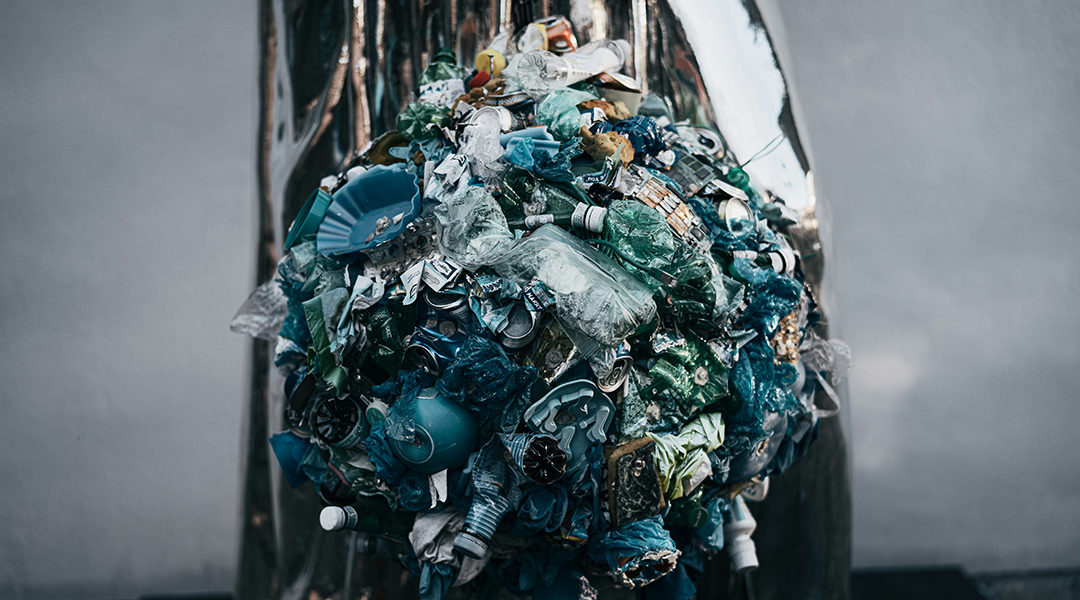

A closed-loop process for making and recycling polycarbonate plastic also captures carbon to reduce waste and cut emissions.
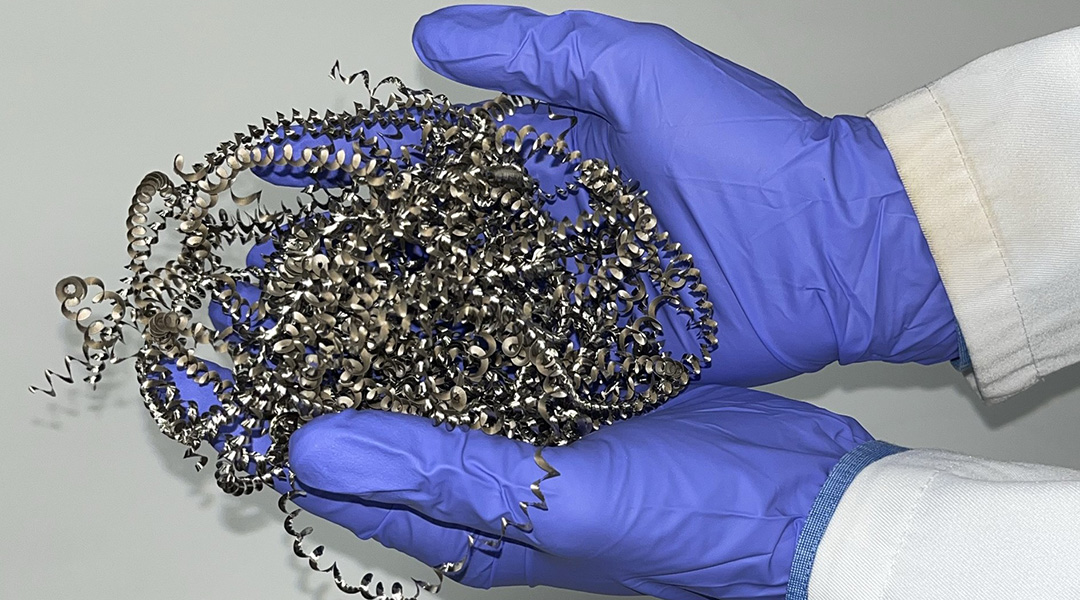
New technique uses waste metal shavings to catalyze hydrogen production, turning nothing but trash and water into clean, renewable fuel.

Pre-activation of plastics with fluorine-containing molecules disrupts their stability, making them easier to break down and upcycle.
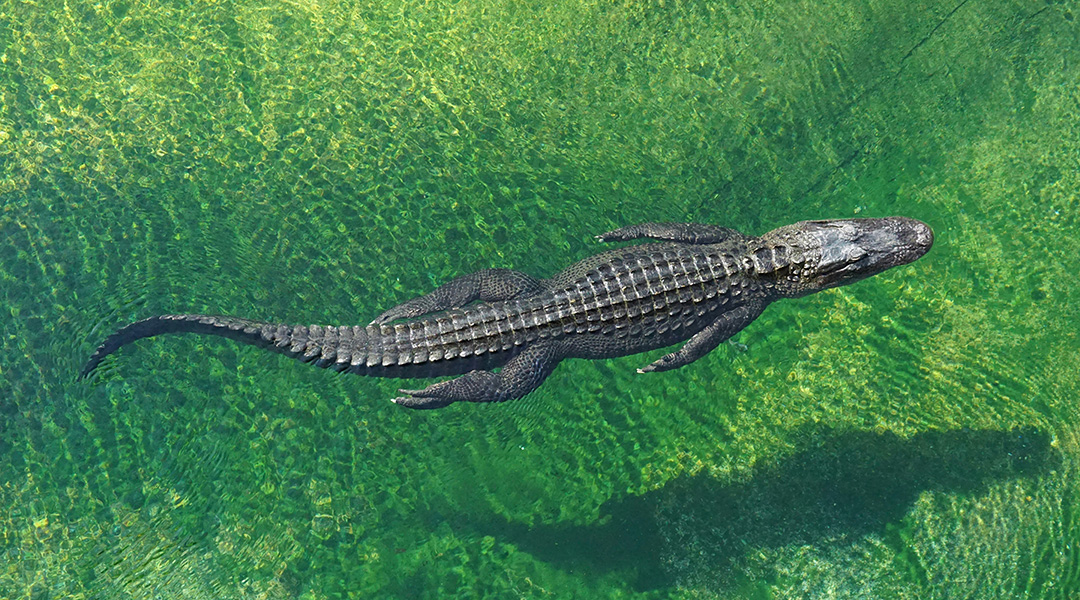
The decline of freshwater megafauna, including river dolphins, hippos, and crocodiles, is triggering significant consequences for ecosystems.
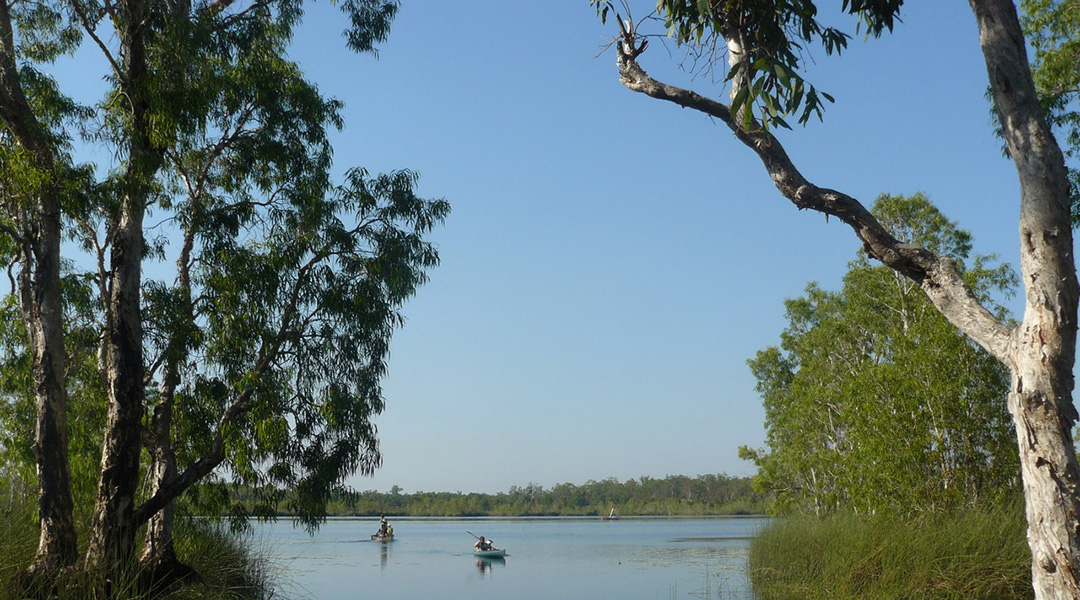
Abandoning traditional practices led to intense dry season fires, drastically altering biodiversity and increasing greenhouse gas emissions.

Gold nanoparticle clusters boosted the efficiency of titanium dioxide in degrading a toxic dye called methyl orange.
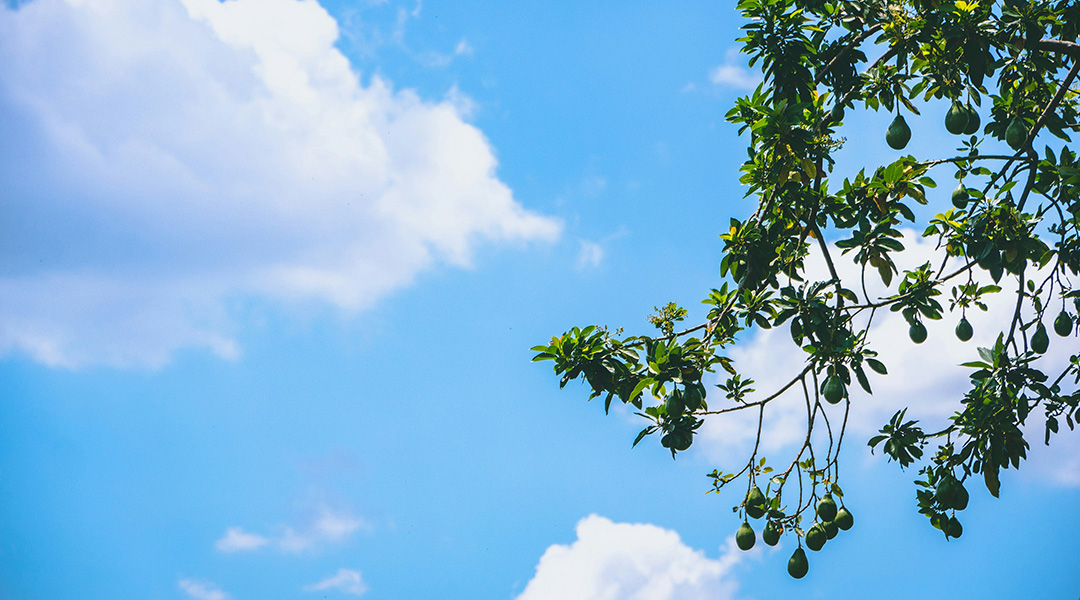
A material derived from avocado pruning waste and bio-polyethylene combines high strength with biodegradability.

Modifying hydrogen fuel cells with caffeine helped protect them from degradation, resulting in up to 11-fold increase in activity.
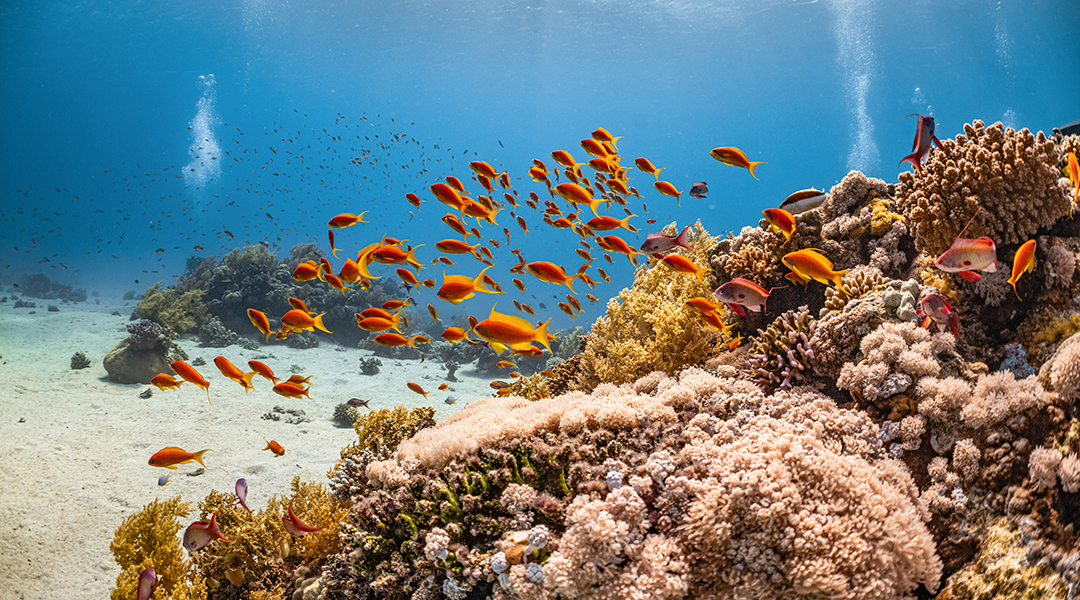
Mapping genetic connections between coral reefs allows scientists to identify and prioritize those acting as regional larval sources.
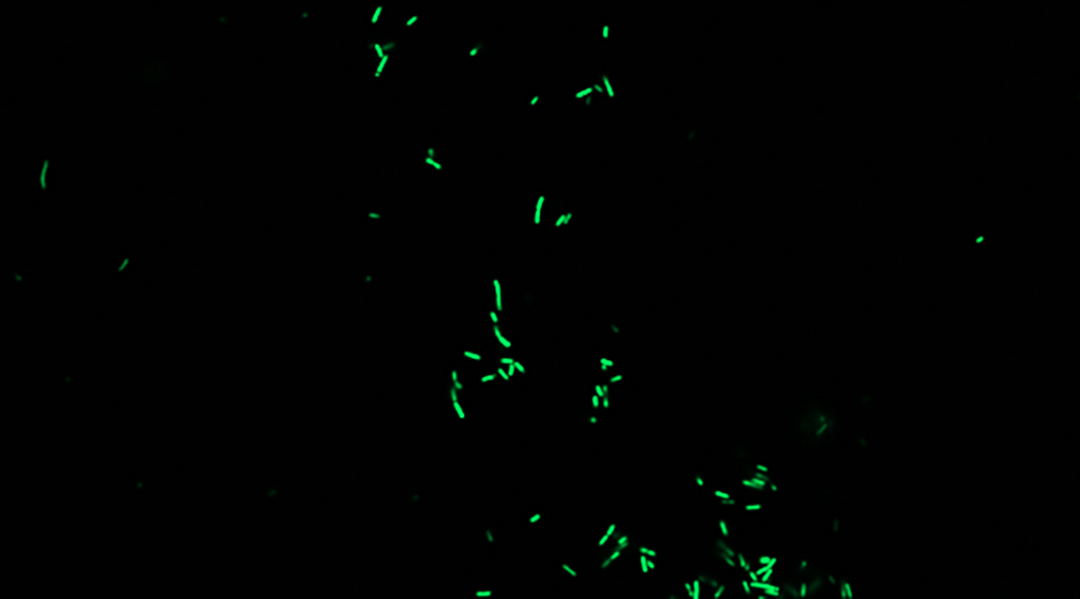
First living biosensor developed to study honeybee gut microbiome, providing insights into health and conservation.